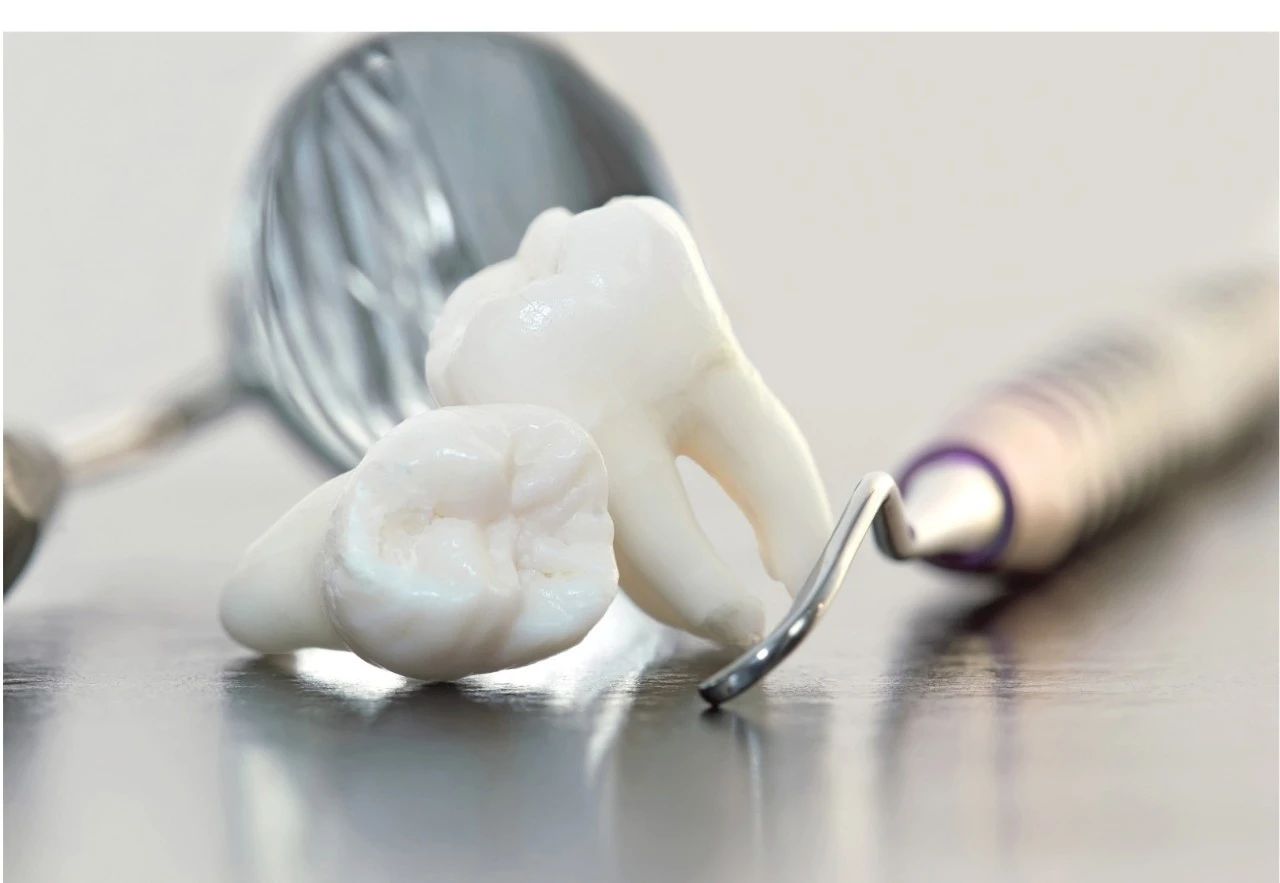4 Common Illnesses You Can Catch on Holiday
2021-12-15

Holidays are great, but only if no one falls sick or has to struggle to enjoy a party! In case you are starting to fret, here are some information and useful tips from specialists on common illnesses contracted during the holiday season.
Stomach flu (Gastroenteritis)
For the foodies out there, it is no secret that you live to
eat, and the holidays are perfect for eating out and pigging out. For the road trippers,
what can be a greater achievement than having tried as many local street eats as possible? Before you foodies go full
blast on eating, do be aware of stomach flu, a common contagious condition
relating to food consumption.
What it is: Inflammation of the stomach and intestines, usually due
to bacterial or viral infection
Common causes: Contaminated food or water, contact with an infected
individual, unwashed hands after diaper-changing or bathroom visit
Symptoms: Vomiting, watery diarrhea, stomach pain, cramping, fever,
nausea and headache
What to do: Hydrate with water and isotonic drinks, avoid oily or
spicy food and milk until symptoms stop surfacing. Seek medical help
immediately if there is high fever, severe abdominal pain or severe vomiting.
How to avoid: Wash hands, use sanitizer, avoid uncooked meat or
fish, avoid raw food, drink only well-sealed bottled water
Common flu and influenza
The holiday season is always a great chance to connect with
friends and families. However, being in close proximity with others, and
sharing food and drinks, puts you at risk of catching the cold from someone who
already has it. If you think that the common cold is so common that it is
harmless, you are mistaken! Common cold if left untreated may develop to become
bronchitis or pneumonia, which has can prolong your down period.
What it is: Common cold and influenza are an upper respiratory
(nose, mouth, throat, lungs) system infection caused by viruses. It is
difficult to distinguish between the 2, but common cold tends to cause more
cough, sore throat, runny nose and milder fever. On the other hand, influenza
causes less coughs, sore throat, and runny nose, but more fever, headaches and
muscle aches. An infection with the influenza virus can
lead to serious complications that may require hospitalization
Common causes: Direct contact with infected individual or inhaling
fluid droplets that contain the influenza virus or
other respiratory viruses
Symptoms: Runny nose, sneezing, cough, sore throat, headache, nasal
congestion, fever, muscle aches
What to do: Adequate fluids and rest are important for fast
recovery. Over-the-counter cough and runny nose remedies can help relieve
symptoms.
How to avoid: Always allocate a serving spoon for shared dishes,
wear masks and wash hands frequently. Get your annual
flu shot!
Bone fracture
For the sporty ones, some may have taken this opportunity to
go skiing or go for a trek to reconnect with nature. Unfortunately, this
increases the occurrence of accidents and falls during the season. What a bummer
to be stuck with a bone fracture during the holidays!
What it is: Broken bone. The bone may snap into 2 or more pieces.
In an open fracture, the bone protrudes through the skin and may recede back
into the wound and become non-visible. In a closed fracture, there is no open
wound in the skin.
Common causes: Fall or blow
Symptoms: Deformity, inability to move, pain on the injured area,
bone protrusion, bruising or swelling
What to do: For upper limp injuries, prevent further deformity and
pain by immobilizing the limb. For example, splint the limp using an arm sling
or wrap the arm against the torso. For forearm, wrist or hand injuries, splint
the injured limb using a flat wooden board. For lower limbs injuries, avoid
walking and instead, limp or use crutches. If possible, elevate the limb and
splint the limb to a wooden board. Icing can reduce swelling and pain. Seek medical care in a hospital to exclude major injuries.
How to avoid: Exercise caution – do not go faster than you can,
wear proper gear, observe safety precautions religiously
Hand, foot, and mouth disease (HFMD)
For the parents, what can be more worrying than your child
falling ill? Hand-foot-mouth disease has long been rampant among children and
can also infect adults. The HFMD is a classic example of how holiday playdates
and parties for the kids can go wrong.
What it is: Caused by the enteroviruses and usually lasts less than a week. If serious, infections in
brain, lung or heart may occur.
Common causes: Direct contact with the saliva, nasal discharge,
feces, rash fluid of an infected person
Symptoms: Sore throat, Fever, Skin rashes on mouth, hands, feet or
buttocks, Ulcers in the throat, tongue and mouth, lethargy, poor appetite
What to do: Although ulcers in the mouth hurt, drinking adequate
water remains essential. Taking sweetened ice drinks or popsicles can alleviate
pain and aid in hydration. Pain killers like paracetamol, ibuprofen, etoricoxib
or celecoxib are also safe for use. To speed up recovery, rest adequately and
be well-hydrated.
How to avoid: Wash hands with soap and water before and after
eating and after toilet breaks. Avoid sharing food, drinks, utensils, towers
and toothbrushes with others. Avoid touching eyes, nose and mouth with unwashed
hands. Disinfect toys and frequently touched surfaces, if facilities allow, try
and isolated infected individual from the rest of the family
There is no more lethal way to ruin holiday plans than to
catch a contagious disease or be down with a fracture. This holiday season
let’s all play hard, rest well and definitely stay healthy!
Article reviewed by Dr. Magdalena Necek, General Practitioner at
ParkwayHealth

Copyright:
https://www.mountelizabeth.com.sg/healthplus/article/4-illnesses-you-could-have-gotten-from-the-holiday





























